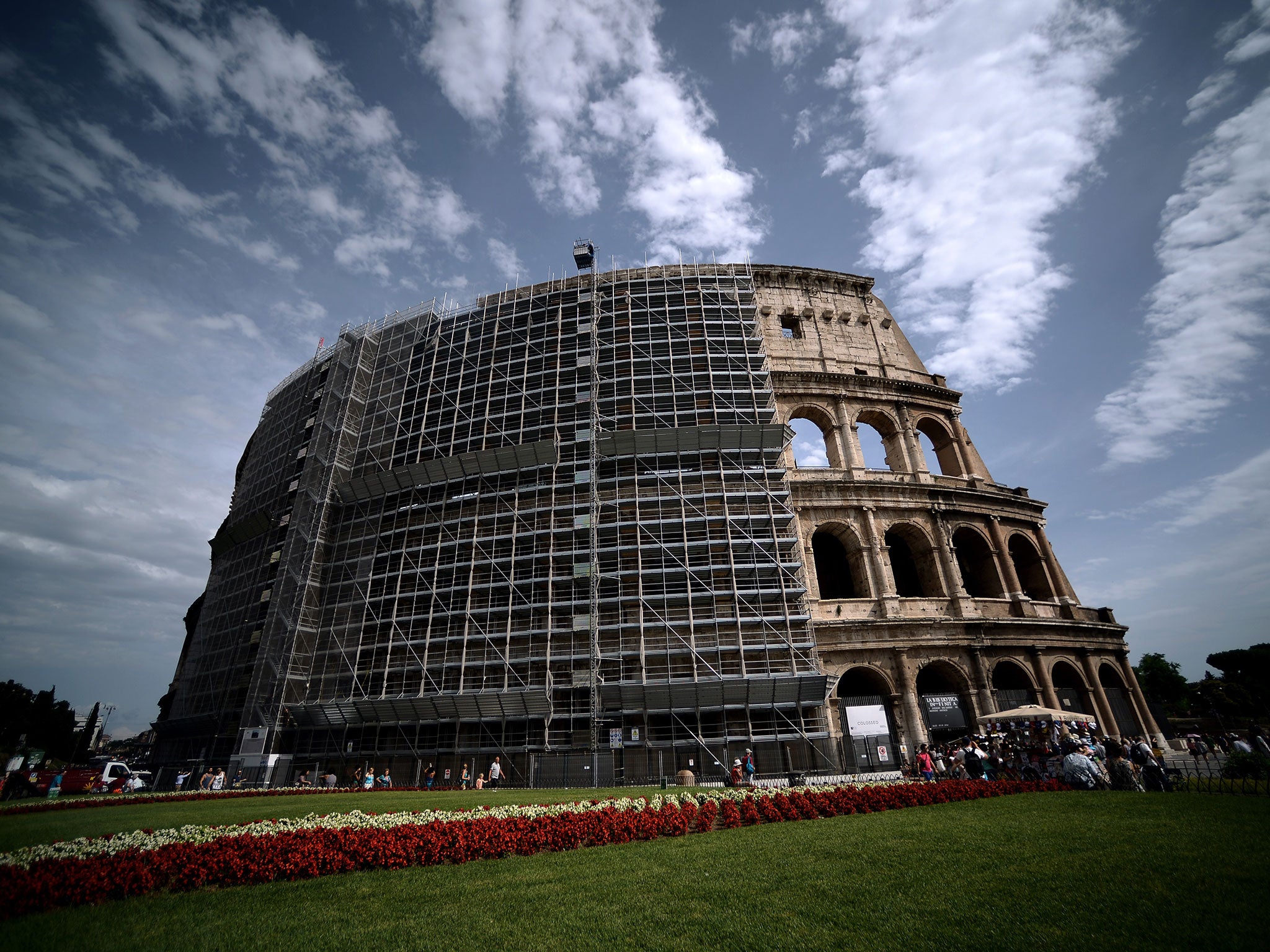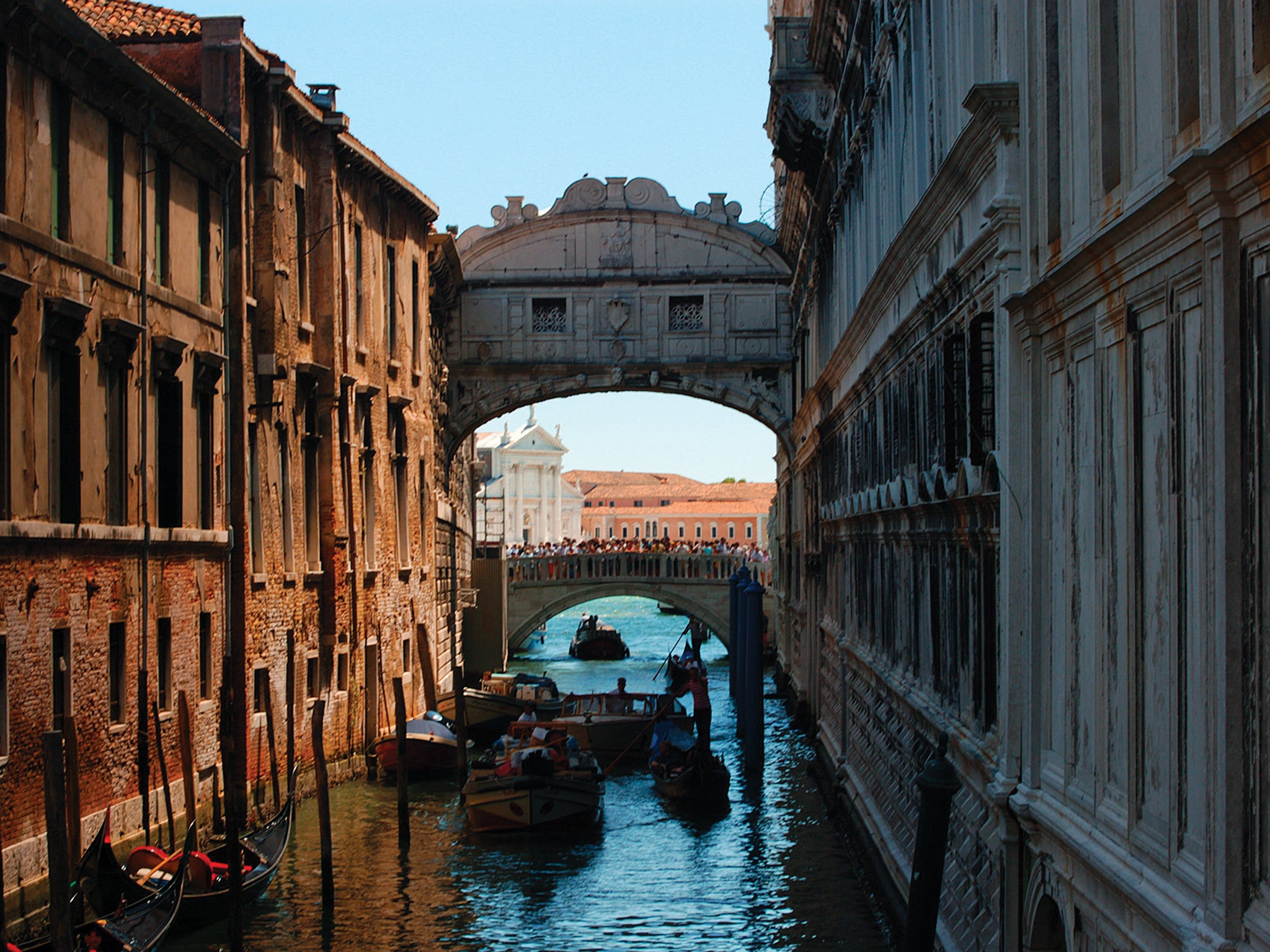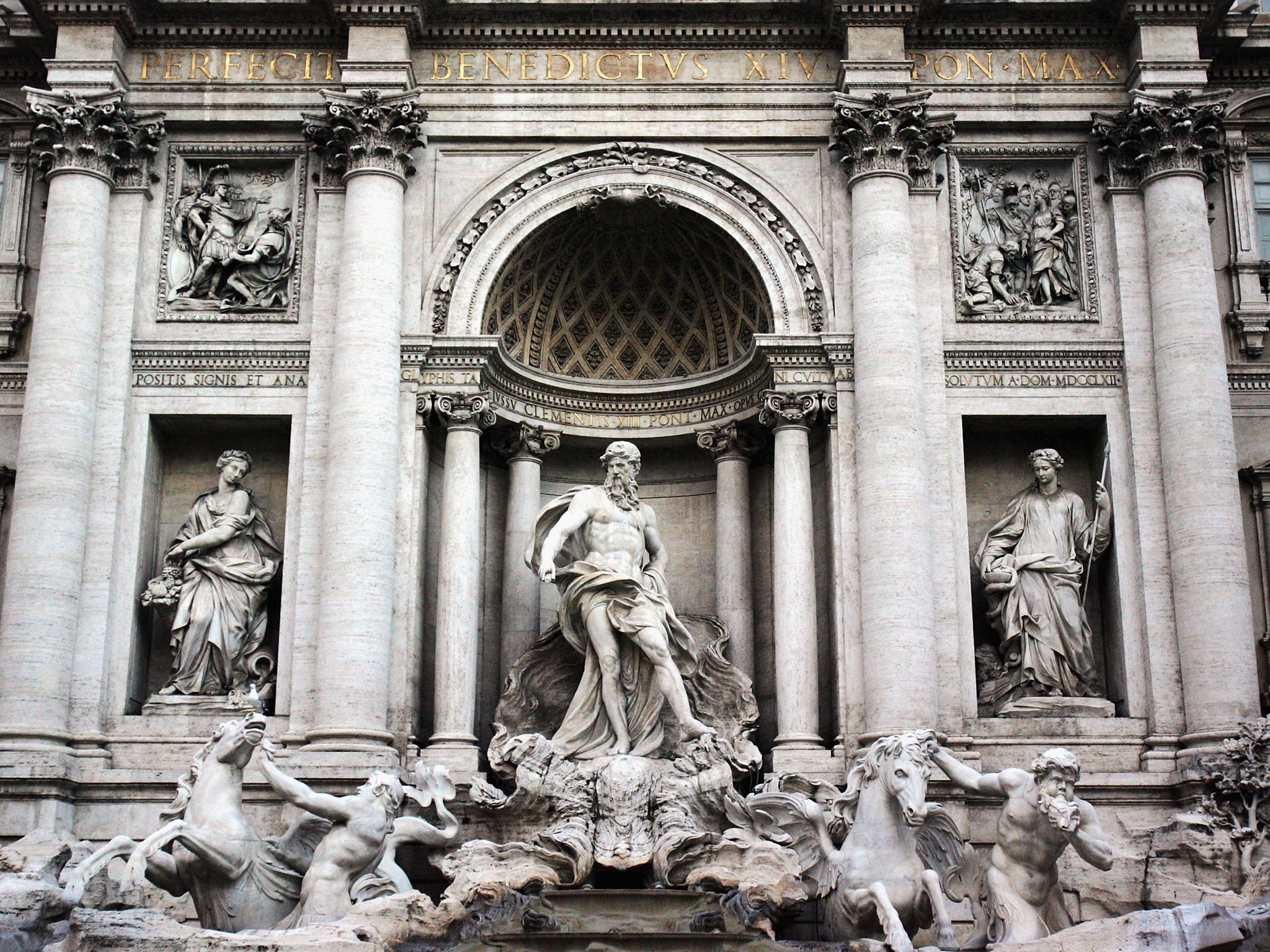The fall of Rome? Italy's fears that corporate-sponsored restoration projects will lead to the Disneyfication of its cultural heritage
The Colosseum is undergoing to £20 million rejuvenation project - sponsored by the luxury leather brand Tod's

Your support helps us to tell the story
From reproductive rights to climate change to Big Tech, The Independent is on the ground when the story is developing. Whether it's investigating the financials of Elon Musk's pro-Trump PAC or producing our latest documentary, 'The A Word', which shines a light on the American women fighting for reproductive rights, we know how important it is to parse out the facts from the messaging.
At such a critical moment in US history, we need reporters on the ground. Your donation allows us to keep sending journalists to speak to both sides of the story.
The Independent is trusted by Americans across the entire political spectrum. And unlike many other quality news outlets, we choose not to lock Americans out of our reporting and analysis with paywalls. We believe quality journalism should be available to everyone, paid for by those who can afford it.
Your support makes all the difference.They have clothed the world’s wealthy fashionistas and bejeweled Hollywood stars. Now, Italy’s kings of fashion are poised to give this nation’s crumbling monuments a makeover to restore them to their former glory, something the cash-strapped Italian government cannot do.
But as Italy courts private cash to rescue some of the globe’s best-known relics of the ancient world, a debate is raging over the commercialisation of history. The Italians have been careful to avoid, say, the kind of US-style rebranding that could lead to Prada’s Pompeii or the Leaning Tower of Gucci. But critics are already fretting about corporate exploitation of Italy’s national patrimony.
Yet something, everyone agrees, needs to be done. Caked with pollution and, in some cases, falling apart, a number of major sites have long been in jeopardy here. Hit by erosion, stone laurel leaves have dropped from the Trevi Fountain like foliage in a mythical winter. The original color of the Colosseum — an off-ivory in the glory days of Roman gladiators — has been darkened by the exhaust of Rome’s new chariots, cars.
Fearing the Disneyfication of its landmarks, the Italian government has largely eschewed private donations and sponsorships for upkeep and renovations. But in the face of Italy’s multi-year economic malaise and the gravity of deterioration at some sites, the Italians have done an about-face. Portraying themselves now as merely caretakers of some of humanity’s most important artifacts, they are rallying billionaires, companies and even foreign governments to their cause.
As the Italians peddle their monuments like so many troubled children in need of sponsors, the dandies of Italian fashion have come to the rescue. They are throwing millions of euros toward desperately needed restorations in exchange for various sponsorship rights, helping spur one of the single-largest periods of archaeological and artistic renewal in modern Italian history.
Even as the scaffolding goes up around ancient structures and an army of skilled restorers gets set to work, not all Italians are pleased about the invading horde of private cash. They say Italy — in a quest for sponsorship — may be selling its soul. Some companies making donations, for instance, will receive discreet recognition near monuments, something purists say could nevertheless make the landmarks of Rome seem like so many fashion accessories.
The Trevi Fountain by Fendi.
The Colosseum by Tod’s.
The Spanish Steps by Bulgari.
“I am very worried that the Italian government doesn’t have a line,” said Maria Luisa Catoni, associate professor of ancient art history and archeology at Italy’s IMT Lucca University. “This is a question of preservation and restoration, but also a question of taste.”

The Italian state once viewed national patrimony in highly proprietary terms. But local and national politicians began a major shift two years ago, with massive new tax breaks for restoration donations taking effect this year. It happens as Italy’s own cultural budget has shrunk precipitously under a succession of fraught governments, even as disrepair at landmarks worsened. The fast-deteriorating condition of Pompeii — including a wall that fell down at the Temple of Venus after heavy rain last March — has, for instance, sparked a global outcry from alarmed archaeologists.
Outside money, the Italians say, is the only answer. The city of Rome, for example, recently struck a preliminary agreement with Saudi Arabia to fund the restoration of the Mausoleum of Augustus.
Ignazio Marino, a former transplant surgeon who worked for years in the United States and is the mayor of Rome, will hold a symposium in California this month in a bid to tap Silicon Valley’s tech millionaires for donations. He will argue that the Italians are taking drastic steps to ensure preservation — including his own highly controversial decision to ban cars near the Colosseum to reduce deterioration from vehicle exhaust. “But the world also needs to help,” Marino said. “We cannot do this alone.”

The national government, meanwhile, is weighing a more substantial new push, including the possibility of allowing private companies to run small museums or archeology sites, and possibly even opening for-profit cafes or bookshops, on site.
“In Italy, the list of beauty is infinite,” said Dario Franceschini, Italy’s minister of culture. “And even if this weren’t a time of cuts to public expenditures, Italy’s cultural heritage is too vast. So I don’t really see why we should ever say ‘no’ to opening up to private interests.”
In the past, however, some Italian cities have seemed to not only cross the line of commercialism, but bulldoze over it. During the restorations around Venice’s Bridge of Sighs and the Palazzo Ducale, for instance, the city signed an agreement allowing the construction company doing the restoration to sell ads to offset its costs. The scheme resulted in garish and massive ads for the likes of Coca-Cola and Bulgari that fueled public outrage.

~
But more recent campaigns for donations and sponsorship have largely yielded more tasteful publicity, particularly in Rome. In exchange for Fendi’s $2.8 million (£1.7 million) donation to restore the Trevi Fountain, for instance, its chief executive, Pietro Beccari, said the brand will only receive a small plaque “about the size of a shoe box” near the fountain to mark its role in the project.
“The state is not in a position to care for all of these things,” Beccari said. “We want to help, not have our name in huge letters over a fountain.”
To date, the most controversial deal has also been the largest — the $33 million (£20 million) donated from the Italian luxury leather maker, Tod’s, to give the Colosseum its most complete restoration in modern history. On a recent afternoon, artisans were perched on the scaffolding that surrounds the ancient structure, using water sprays and lime in their painstaking work. Before and after segments of the Colosseum already show a dramatic change — from soot-stained rock, its color is being transformed to a pale oatmeal more closely resembling its appearance when ancient Romans gathered for bloodsport.

But the contract struck with Tod’s president, billionaire Diego Della Valle, has provoked the ire of a local citizens group, which claims it was too generous. For a limited time, Tod’s will have the right to put its logo on hundreds of thousands of Colosseum tickets sold each year. It also won the right to associate its brand with the Colosseum’s restoration in promotional material for up to 15 years.
Della Valle, however, insists that critics are seeing ulterior motives where there are none, saying he pushed forward with the donation because he simply relished the idea of seeing the famous structure renewed.
“Donating in order to support any form of art should be considered unsurprising, and without rewards of any kind,” he said in an e-mail. “Companies lucky enough to be doing well should give some positivity back to the country.”
The mayor of Rome also dismisses critics.
“If someone wants to give you €25 million euros to restore the Colosseum, you know what? You take it,” he said.
© Washington Post
Join our commenting forum
Join thought-provoking conversations, follow other Independent readers and see their replies
Comments